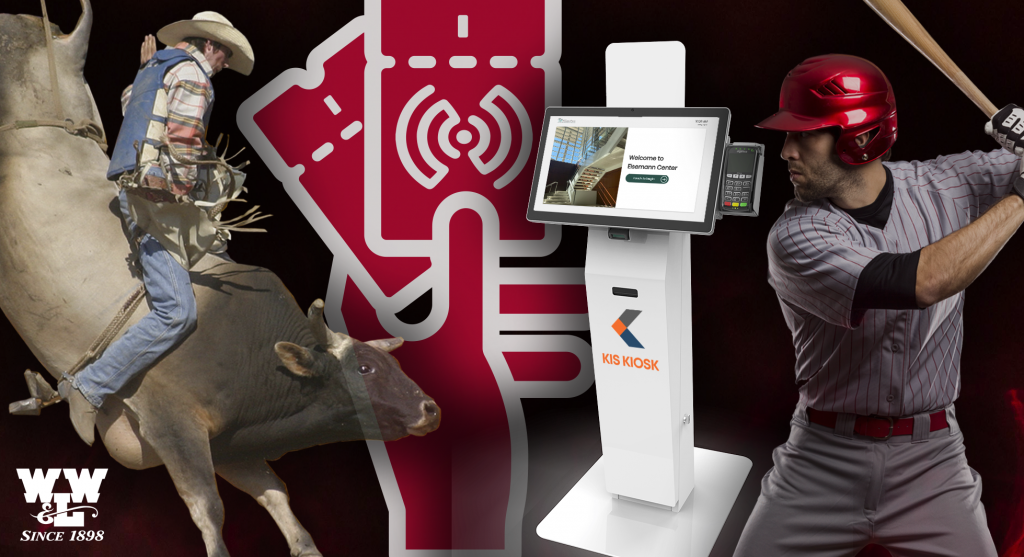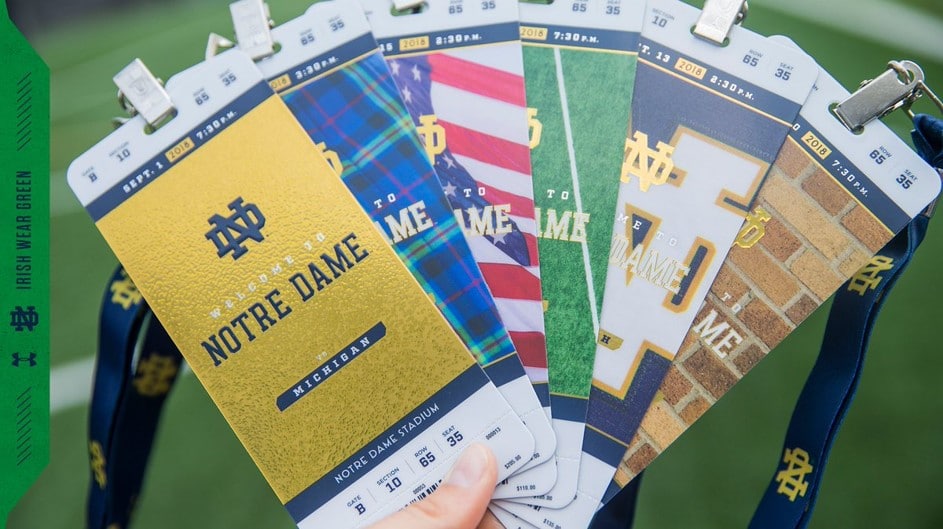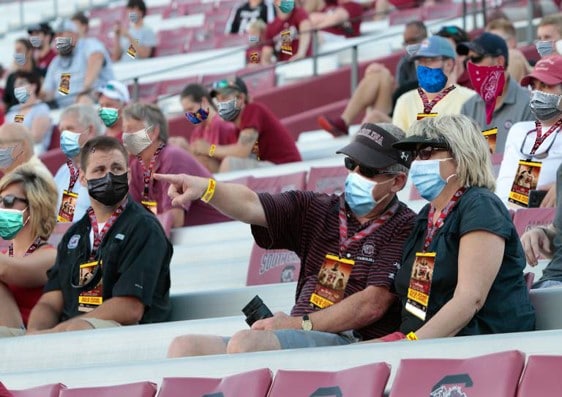Live Events: The Road to Full Capacity Revival
Most people don’t think of Major League Baseball and Professional Bull Riders as having all that much in common, but – once again – here we are. MLB and PBR (the sports organization, not the cheap beer) will be the first two sports properties to return to 100% capacity in an outdoor and indoor venue, respectively.

The capacity crowds will be one of the few “normal as before” aspects of the events. The two organizations and venues are implementing new technologies to allay anxieties and keep attendees and staff safe. Some of them were already on the horizon in the sports and venue intelligence industries, with their adoption being accelerated over the last few months.
Contactless Approaches to Revive Live Events
ASM Global manages the Sanford Premier Center, and has developed a “venue shield” protocol. These measures are designed to minimize close contacts: fans may only interact with a few staffers, but staffers will interact with hundreds of fans.
Tickets to the PBR will be exclusively on smartphones. This allows fans to enter the stadium while staying at least two arms’ length from the ticket checker. All concession sales will be contactless, which will likely be a combination of mobile and card-only transactions. The concession stands will have prepackaged food and drink so employees won’t have to go hand-to-hand and face-to-face to give someone their order.
Globe Life Stadium will also open with cashless concessions. Cashless stadiums were already a trend in 2019, and are now set to be the standard.
Parking operations will also accelerate their move towards being purely digital. Venue operators will be hard-pressed to tell an employee “OK, stand in this little enclosed booth while having repeated hand-to-hand contact with a few hundred strangers.” Teams that had not started using RFID parking tags or decals for their season ticket holders will start adopting that technology, or use a mobile bar code or QR code scanner in place of tickets and booths
Make Every Use of Venue Intelligence
After Opening Day, the Rangers intend to reserve several seating sections for fans who wish to continue social distancing. Venues in other states or countries will likely be keen to monitor social distancing as part of their reopening processes, whether for enforcement, contact tracing or research purposes.
RFID beacons will play a significant role in monitoring the distance between fans, or, conversely, the density of fans in any area. If teams, leagues or public health official suspect that a venue was a “superspreader,” the data from these RFID systems will be crucial in understanding the patterns of transmission and informing attendees of any potential risk so they can get tested.
This form of contact tracing will build upon current practices in venue intelligence. Before COVID, arenas and stadiums were using RFID systems to study how fans move through their stadiums; which areas become congested while others remain unpopulated; and how fans interact with the various features of the venue (e.g., concessions, merchandise, activity areas).
The original uses for this data were to improve the customer experience and enhance the values of retail or sponsored areas. Going forward, health and safety concerns will be part of the CX: attendees will be concerned, as well as annoyed, by tightly packed areas. Venues will have an additional motivation to ensure an even distribution of fans across concourses, bathrooms and concession areas; and to minimize the wait times at each. Even after COVID concerns pass, these findings and the subsequent changes will enhance the CX.
Kiosks Will Pave the Way for Live Event Revival

But just because they are doing it doesn’t mean they have to. Or, more specifically, nothing says that humans have to do it.
Kiosks will replace employees throughout the facility. Walk-up attendees will be able to buy their tickets from a kiosk, and have them printed or texted to their phones. If a fan is ambling through the concourse and decides they want something to eat or drink, they will have the option of using an (anti-microbial and anti-viral) touchscreen at the concession area. Kiosks will be the first line of customer service for many basic tasks, letting the employees handle more demanding jobs and minimizing gratuitous interactions.
Kiosks and mobile apps will complement each other, perhaps even overlap, keeping the range of options open for the fans.
Souvenir Tickets Keep the Connection Alive
Direct Souvenir
Fans
Direct Souvenir
Sports properties and venue operators will be exploring ways to welcome fans back, say “We’ve missed you” and help them reintegrate with their fandom.
The move to paperless everything eliminates a common souvenir: ticket stubs. Opening Day ticket stubs are always a collectible, as are ticket stubs from games with some special significance to the team or fans.
Souvenir tickets likely will become a regular offering at point of sale or post-event, if the game ended up being memorable (you don’t buy a ticket expecting a no-hitter). Souvenir tickets let the fans hold on to a physical keepsake from the game while keeping the actual act of ticket verification and entrance contact-free. They are also a new revenue stream, which is something every team and venue could use this year.
Returning to Normal: Customer satisfaction is Timeless
Ideas and policies borne out necessity over the last year will be evaluated through a different lens in the coming months, the usual lens: does this create value for our company by improving our guests’ experience? Technologies that went through several development cycles in 2020 will start hitting their stable versions in 2021 as fans and other attendees reveal their preferences around ticketing, concessions, parking and other aspects of the venue experience.
WW&L has been adapting to technological innovations and consumer preferences for over a century. You could say we switched from paper tickets to RFID before it was cool (or necessary).
Let us know how we can help your venue welcome guests back in 2021, and keep them coming back through first-class service and experiences.
Reimagine the Live Event Fan Experience with WW&L
- Zone Boundaries – Pass or Ticket Visible with visible vaccination waiver language
- Seating – Social Distancing
- Restrooms – Entry Monitored and Controlled
- Concessions:
- Limited or Delivery
- Contactless Payment
- Prepackaged Condiments
- Controlled Exit:
- Rows Released By Usher
- Exit Closest First





